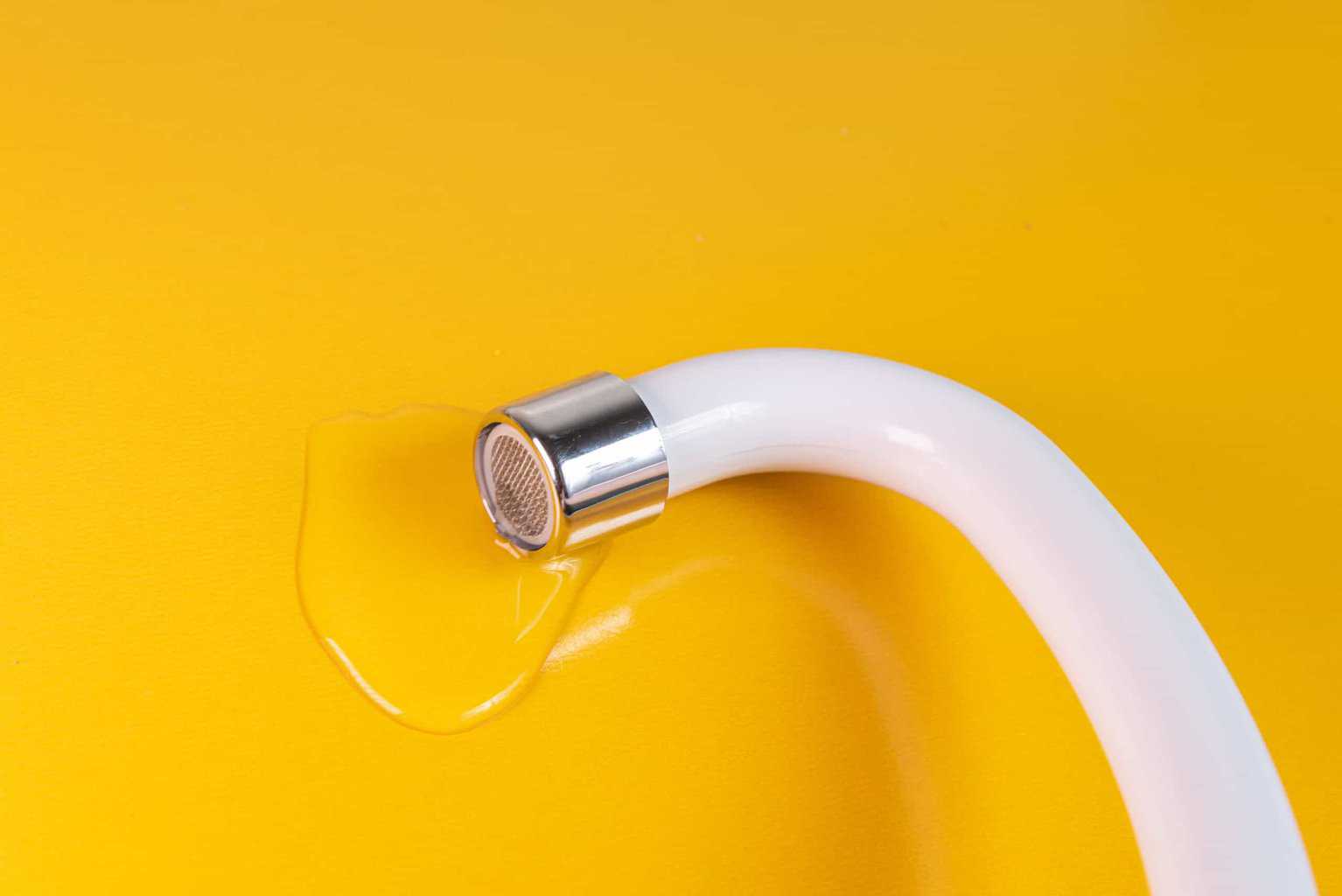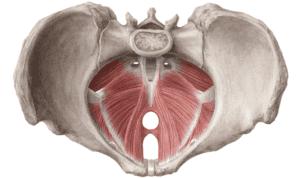Urinary Incontinence: Rehab Pilates

In the coming few months, we will be running a series of topics and videos focussing on Pelvic Floor health and all the different conditions that affect it. The pelvic floor muscles form a part of our inner core unit and their main function is to support the pelvic floor organs. Urinary incontinence is one pelvic floor dysfunction that affects a very high population but not many bring it to their physician’s notice. In this blog, we will be discussing urinary incontinence and a case study of a patient who is overcoming it with the help of Rehab Pilates.
Urinary Incontinence
Urinary incontinence is the lack of voluntary control over urination. This affects both men and women but is more common in women. Based on a study in IJHSR, over 10% of the rural population and 34% of the urban population in India is affected by it. Other than the embarrassment and social stigma attached to women’s health issues, people usually ignore the symptoms and dismiss it as a part-and-parcel of multiple vaginal deliveries for women. But urinary incontinence is not a given. One of the causes for urinary incontinence can be pelvic floor muscle dysfunction, and like any other muscle dysfunction, it can be treated. The rest of the causes need other treatments. To avoid a risk of prolapse and further infection, incontinence needs to be treated with the help of expert professionals.
Pelvic Floor Muscles

Pelvic floor muscles are striated voluntary muscles at the base of the torso that distribute forces specially created for normal functions like breathing and during an increase in intra-abdominal pressure during sneezing and coughing. Inextricably linked with the muscles of the abdominal cavity, spine, and hip through fascial connections, they perform a trampoline-like effect. This interlacing hammock-like muscle group can be divided into superficial and deep pelvic floor muscles.
These muscles are in a continuous state of activation to support the pelvic floor organs. However, they can be recruited voluntarily as well. They work as they contract. They provide a forward and upward lift to the pelvic floor organs while closing the various openings of the bladder and the rectum.
A pelvic floor dysfunction can happen due to injury, trauma, surgery, pregnancy, vaginal childbirth, obesity, or a constant increase in intra-abdominal pressure as a result of chronic cough or constipation. Pelvic floor muscle dysfunction can result in urinary incontinence. However, pelvic floor muscle training can help in overcoming urinary incontinence.
Case Study of Incontinence
Rachel (name changed) a 34-year-old woman, saw the beginning of incontinence from her first pregnancy. After that, her second pregnancy was an ectopic pregnancy. From there she started suffering from constant incontinence and repeated urinary tract infections.
Simple day-to-day activities like sitting for a long time in front of the computer, climbing a staircase, and even walking resulted in a leakage of urine. This caused a lot of problems for her. Being a professional photographer, she worked on shoot sites for long hours. Some of the times, the shoots were in remote places and she was unable to reach a clean bathroom space as often as she needed to. This led to so much emotional distress that she was almost ready to quit her job.
That’s when she came to our pelvic floor expert, Moushumi Kuvawala. We encouraged her to keep a bladder diary to track the intake of water and her output, along with other symptoms like pain and burning. This helped us track any infections and stress-related incontinence. Next, we worked on her sleep pattern to encourage relaxation. Training the breath pattern was also an integral part in building respiratory strength and learning to relax the pelvic floor.
An internal examination of her pelvic floor revealed tightness. Tight pelvic floor muscles are also weak. Her pelvic floor muscle recruitment was poor.
As part of her Pilates workout program, we started relaxation exercises to release the pelvic floor. Sitting on a small soft Pilates ball, working through the perineal area, and relaxing the muscles between the legs was the most important step. Usually, when we feel that the urine is leaking, we tend to squeeze the muscles together, but that is counter-productive when the weakness is due to tightness. Using bio-feedback we trained her to relax through the pelvic floor.
The next step was core activation, and moving towards improving her standing and sitting postures. Then we moved towards low-intensity pelvic floor recruitment. We gradually involved pelvic floor activation in functional exercises. Simultaneously, we worked on building the endurance of her pelvic floor muscle as they were constantly being recruited and were fatigued. Within a few months, Rachel’s incontinence has reduced in functional activities. It is provoked only when she has a chronic cough.
Work in progress
Muscle training is a work in progress. Especially with crucial muscles like the pelvic floor which forms a part of respiration, digestion, excretion, and reproduction, we need to work over a long period of time. So, remember to be patient while working on rehab.
As there is a general taboo on discussing conditions related to these, we want this to be your safe space. If you have faced similar symptoms, please visit a professional near you. Don’t live with urinary incontinence. Book an appointment with us.
Check out our video below on pelvic floor health.
NOTE: If you have Urinary Incontinence, please consult a specialist before trying any form or exercise.
